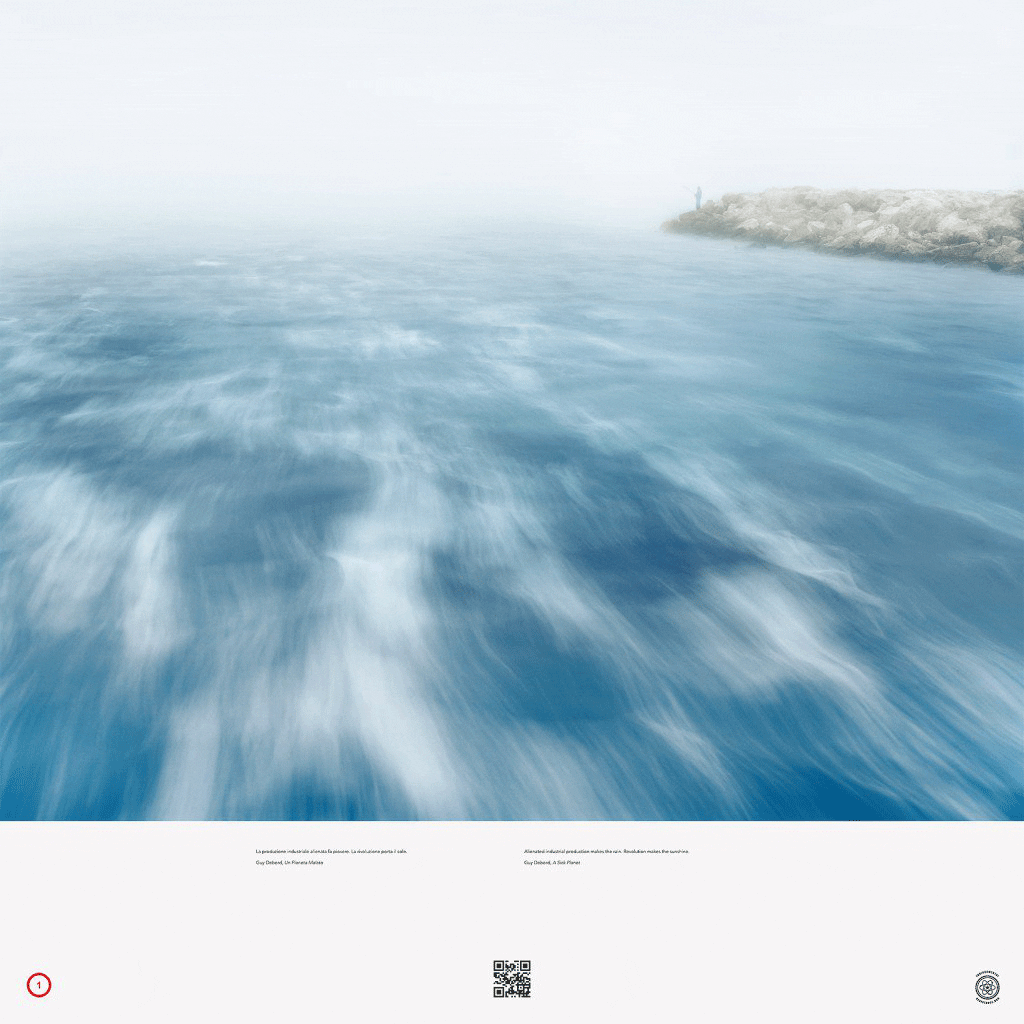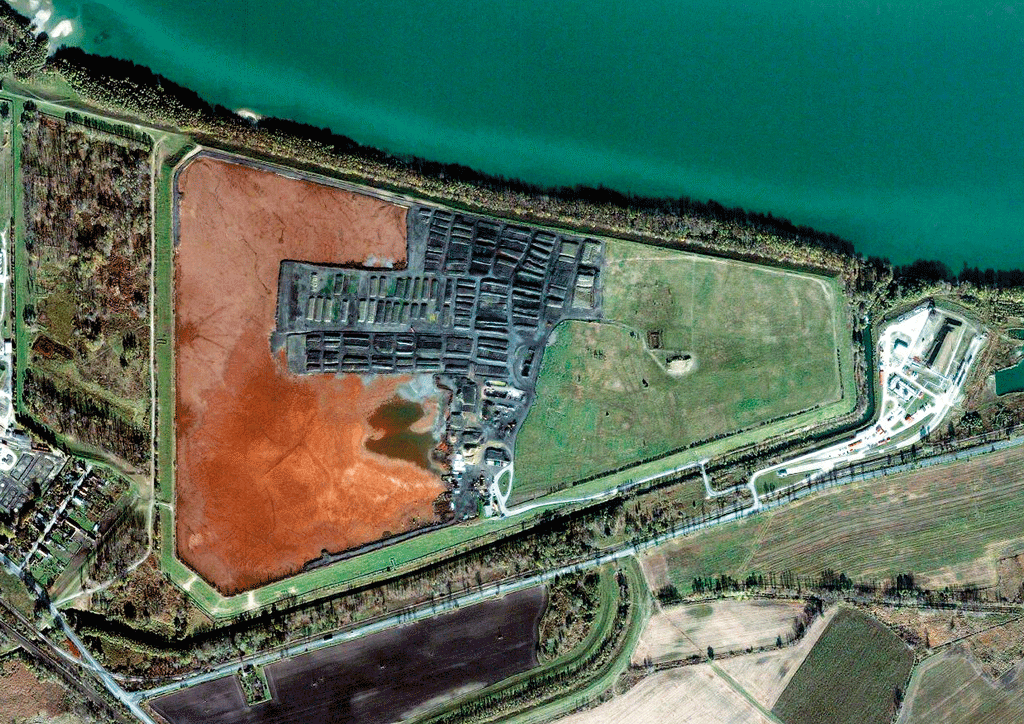Governance in the Anthropocene: The Role of the Arts
Our lifestyle today is widely considered to be the dominant influence on climate and the environment. The recognition of the Anthropocene as a new era calls for a new approach to politics, Marit Hammond argues; and the arts could play a key role. (This blog first appeared on the Inhabiting the Anthropocene website on 24 August 2016.)
by MARIT HAMMOND

In considering how we can govern ourselves in the Anthropocene era, we cannot avoid the fact that our dominant lifestyles impact the very parameters of all life on the planet as a whole. Political theorists have already stressed the need to reconsider our approaches to sustainability governance in light of this new reality: Sustainability in the Anthropocene is a more complex project than the previous mantra of just having to stay within ecological ‘limits’.[1] Rather than seeing sustainability governance as a management project, looking for technical ‘solutions’ for clearly defined environmental ‘problems’, the Anthropocene demands a political context in which societies assess, reflect on, and respond to dynamic, even unpredictable socio-ecological changes on an ongoing basis. These changes are now innate to the very nature of modern civilisation, not external abnormalities; they inescapably and inexorably occur as a result of everyone’s normal day-to-day lives. Negotiating sustainability within this context is thus fundamentally a matter of value judgement as opposed to scientific-technical neutrality; and it therefore concerns, and must involve, the society at large as opposed to ‘expert’ committees only. The huge scale, global impact, and fundamental open-endedness of changes associated with the Anthropocene thus require societies to be correspondingly reflective in their decision-making, inclusive in their politics, and open and imaginative in developing new visions for the future.
The role of art in Anthropocene governance
From this perspective, the recognition of the Anthropocene as a new era calls for politics to be done differently from before—to be thought of in a much broader, more open and more inclusive way than the ‘traditional’ politics that takes place in parliaments, cabinets and courts. One area that then suddenly plays a vital and very political role, I want to argue, is the realm of the arts. As the public realm par excellence that pushes against boundaries of our thinking as well as being creatively forward-looking, art could play a key role in the socio-political governance of the Anthropocene. The arts are a ‘reservoir for human freedom’[2], resisting hegemonic threats to critical reflectiveness. They constitute the sphere in society that has the potential, and typically the self-understanding, to play the role of an avant-garde—in the words of Lea Ypi, ‘transforming existing cultural and political practices in light of new projects for the emancipation of society.’[3]
In the following, I want to highlight three different ways in which artists—and policy-makers’, civil society actors’, and citizens’ engagement with art—can contribute to this kind of societal ‘learning process,’ which I believe societies need to embark on in the Anthropocene.
Providing resources and knowledge
In its creative function, art can contribute ideas, visions and solutions to projects aiming to build up knowledge and resources needed to meet the challenges of the Anthropocene. An example of work that educates in this way is American artist Ellie Irons’ project ‘The Aesthetics of Urban Soil’. This project involved a workshop that used soil as both an ‘artistic medium’ and a ‘medium for learning:’ Soil samples were collected from environments across New York City, mapped, and then analysed so as to learn about the different types and components of urban soil. The samples were then used to create rubbings and drawings—thus deliberately marrying artistic expression and learning. It is through the creation of an artistic space that a new mode of learning was facilitated. That mode engages with the very core of a new understanding of nature in the Anthropocene: finding, indeed reclaiming nature within human environments, thereby reflecting on human impacts on nature.
Expressing critique/embodying activism
This educative function underlies art’s further role in fostering a general reflectiveness and openness that questions current norms and assumptions more deeply and thus allows radically new visions. For this, art must be critical—something possible because, more piercingly than other modes, artistic expression can draw attention to problematic issues, and question illegitimate realities. Indeed, art can then be a form of activism.
For example, the artist-led collective Environmental Resistance uses artwork to support protests against industrial pollution. In the project “No Al Carbone” (“No to coal”), artists and scientists collaborated with environmental activists from Brindisi, Italy, to campaign against the unchecked industrial development in the Brindisi Industrial Zone that has produced an ‘incredible quantity’ of ‘particularly toxic’ pollutants in the area, with ‘a devastating impact on the health of the local population and ecosystems alike’.[4] Photography is put together with textual elements as well as scientific data to create a toolkit for activists, whilst at the same time drawing in the wider public with interactive elements such as the QR code at the bottom through which the audience can access pertinent scientific publications, or the use of the photobook as a starting point for discussion at public stalls and on tours through the affected areas.
Similarly, in the “Almásfüzitő: An Index” project, a collaboration with Greenpeace Hungary, their artwork was used in a protest against a Hungarian government license allowing toxic industrial waste to be released into already toxic red mud ponds of the Almásfüzitő Aluminium Factory on the banks of the Danube river.

The aesthetic quality of the artworks—the surreal beauty of the photographs next to the sharp textual components—is precisely what brings home the severity of the pollution in a way that a mere description or more conventional photograph would not: The stark contrast between the beauty of the artwork and the ugliness of the situation that is being protested highlights the issue at hand in a particularly dramatic way. Thus, these art projects also represent a particularly deep and impactful way of engaging with the socio-ecological issues raised by the Anthropocene; but one of a distinctly critical kind.
Pushing the boundaries of the imagination
Finally, art can help promote a general reflexivity by pushing the boundaries of our thinking in imaginative ways. This also contributes to art’s critical function—and is a key foundation for Anthropocene governance by helping social deliberation be more critically reflective and imaginatively open-minded. For where there is particularly narrow-minded thinking in a society, it is often as a result of hegemonic belief systems’ cementing their (often illegitimate) power over society by influencing an intangible ‘grammar’ of the politically thinkable and sayable. Against this, by ‘exploring, shaping, testing and challenging reality and images, thoughts and definitions of reality’, art can play a key role in in ‘unlocking’ and thus enabling the imagination of new, previous unthinkable societal futures.[5] Such ‘defamiliarisation’ of existing reality is the necessary first step towards a deeper questioning and envisioning of more radical alternatives. Thus, because of their imaginative character, the arts have the potential to provide the critical dislocations that enable people to see the given reality in a different light, extending the very boundaries of the thinkable and sayable.
This might be achieved through stories on specific environmental issues, using artistic expression as a way to touch people, engaging them emotionally and thus more deeply than general news stories could—as with the “Green Project” by the Springs Dance Company in partnership with Tearfund, where dance is used as a medium to tell a story about resource use and (in)equality as key issues in sustainability.
All sorts of resources can support our engagement with the Anthropocene. But the aesthetic effect that is unique to art has the power to remove us, even if just for a moment, from our normal mindsets and perspectives, and thus to make us view reality from a more deeply invested and more reflective angle. Living as we do in a reality in which incremental policy-making of the conventional sort might simply not suffice—whose enormous scales demand of us both to be prepared for more dramatic, sudden changes and to re-think our possible futures more fundamentally—the ‘dislocations’ art provides might be the very key to being able to engage in politics in a way that matches the challenge of the Anthropocene.But narrative is not required for art to inspire a general exploring, questioning, and imagining of present and future realities. For instance, projects like Ellie Irons’ ‘Flight Lines,’ created through video recordings of the flight paths of everything crossing a certain patch of sky or landscape, seeks to ‘document the skies’ as a ‘shifting landscape.’ The beauty of these images prompts viewers to reflect in new ways on their natural surroundings, or to notice the mix of animals and human technology in the air around them in ways they haven’t before.
REFERENCES
[1] Dryzek, John S. (2016), ‘Institutions for the Anthropocene: Governance in a Changing Earth System’. Online First View, British Journal of Political Science, pp. 1-20.
[2] Skees, Murray W. (2011), ‘Kant, Adorno and the work of art’. Philosophy and Social Criticism37 (8): 915-933, p. 916.
[3] Ypi, Lea (2012), Global Justice and Avant-Garde Political Agency. Oxford: Oxford University Press, p. 156.
[4] http://environmentalresistance.org/art/no-al-carbone/no-al-carbone-view-project/
[5] Dieleman, Hans (2008), ‘Sustainability, Art and Reflexivity: why artists and designers may be-come key change agents in sustainability’. In Sacha Kagan and Volker Kirchberg (eds.),Sustainability: A New Frontier for the Arts and Cultures. Frankfurt a. M.: VAS – Verlag für Akademische Schriften, pp. 1-26.
